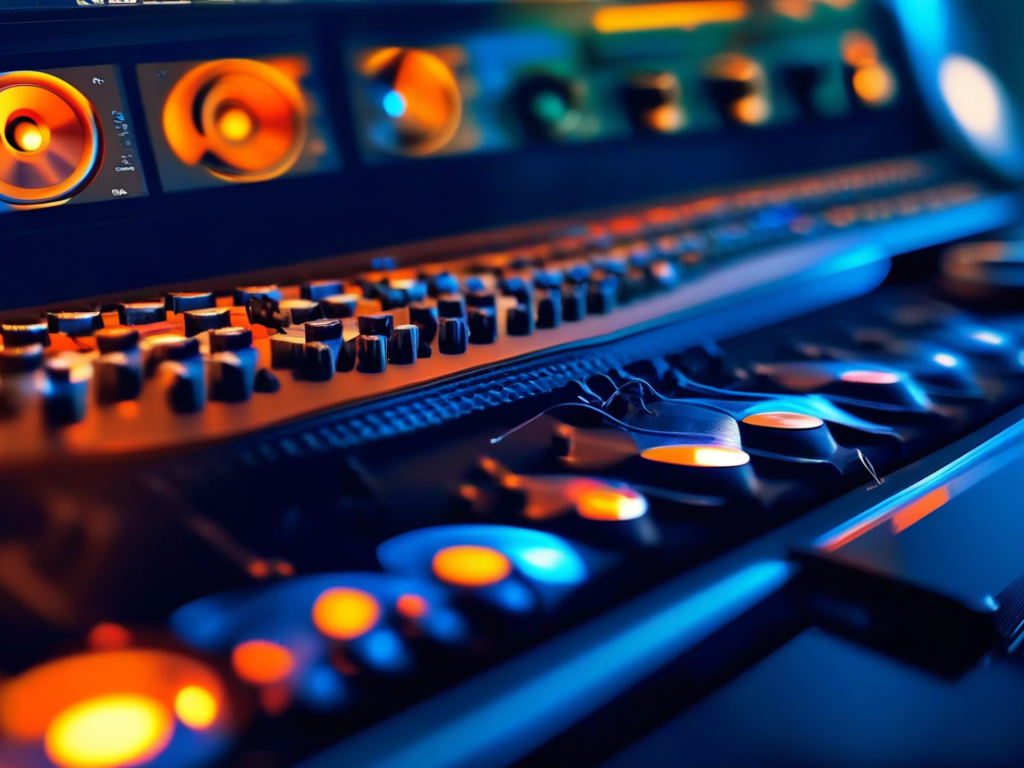As avid music enthusiasts, we all strive to get the best sound quality out of our music players. While having a high-end device is crucial, unlocking its full potential often lies in exploring and utilizing advanced settings. In this guide, we will delve into the intricacies of optimizing your music player for an unparalleled listening experience. From equalizers to sound enhancements, we’ll cover everything you need to know to elevate your audio journey.
In this article you will find:
- Understanding Equalizers
- Utilizing Sound Enhancements
- Customizing Playback Settings
- Maximizing Audio Output
Understanding Equalizers
One of the fundamental tools for fine-tuning sound reproduction is the equalizer. This powerful feature allows you to adjust the levels of different frequency bands, effectively shaping the overall sound signature to suit your preferences. From boosting bass for a more immersive experience to enhancing clarity in the treble range, experimenting with the equalizer settings can significantly enhance the audio output.
For example, boosting the mid-range frequencies can make vocals more pronounced, ideal for enjoying acoustic tracks or podcasts. Conversely, lowering the high frequencies can reduce harshness in overly bright recordings, providing a smoother listening experience.
Utilizing Sound Enhancements
Besides equalizers, many music players offer additional sound enhancements to enrich your listening sessions. Features like surround sound, reverb effects, or spatial audio can add depth and dimension to your music, making it feel more immersive and engaging.
Imagine listening to a live concert recording with virtual surround sound enabled, transporting you right into the middle of the performance. These enhancements not only amplify your audio experience but also showcase the versatility of modern music players in recreating different sonic environments.

Customizing Playback Settings
While tweaking sound settings is vital, customizing playback parameters can also impact your overall listening enjoyment. Adjusting options such as crossfade, gapless playback, or replay gain can streamline your music player’s behavior and ensure a seamless transition between tracks.
For instance, enabling gapless playback eliminates silence between consecutive songs in an album, maintaining a continuous flow that preserves the artist’s intended sequence. Similarly, implementing crossfade can blend the endings and beginnings of tracks, preventing abrupt transitions that may disrupt your musical journey.
Maximizing Audio Output
To extract the utmost quality from your music player, it’s crucial to consider external factors that influence sound reproduction. Factors like using high-fidelity audio formats, investing in quality headphones or speakers, and creating an optimal listening environment can significantly impact your audio experience.
By pairing your advanced music player with premium audio gear and adopting best listening practices, you can unlock a level of sonic detail and clarity that transcends conventional boundaries. Immerse yourself in the music as the artist intended, relishing every note and nuance with uncompromising fidelity.
In conclusion, mastering the advanced settings of your music player is a rewarding journey that opens up a world of sonic possibilities. By exploring and fine-tuning these features, you can craft a personalized audio landscape that captivates your senses and elevates your listening experience to new heights. So, dive into your music player’s settings, experiment with different configurations, and embark on a sonic adventure that resonates with your soul.

